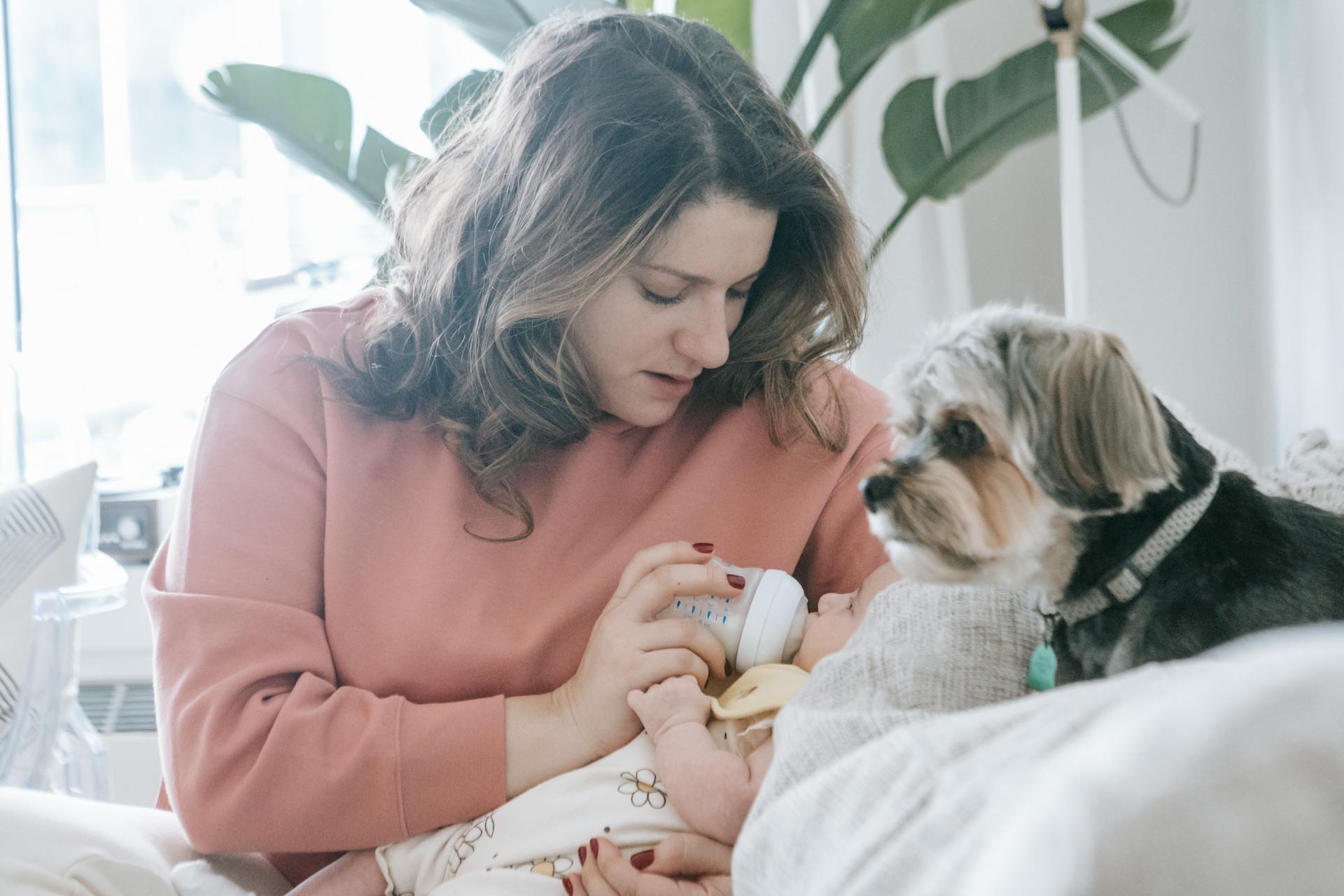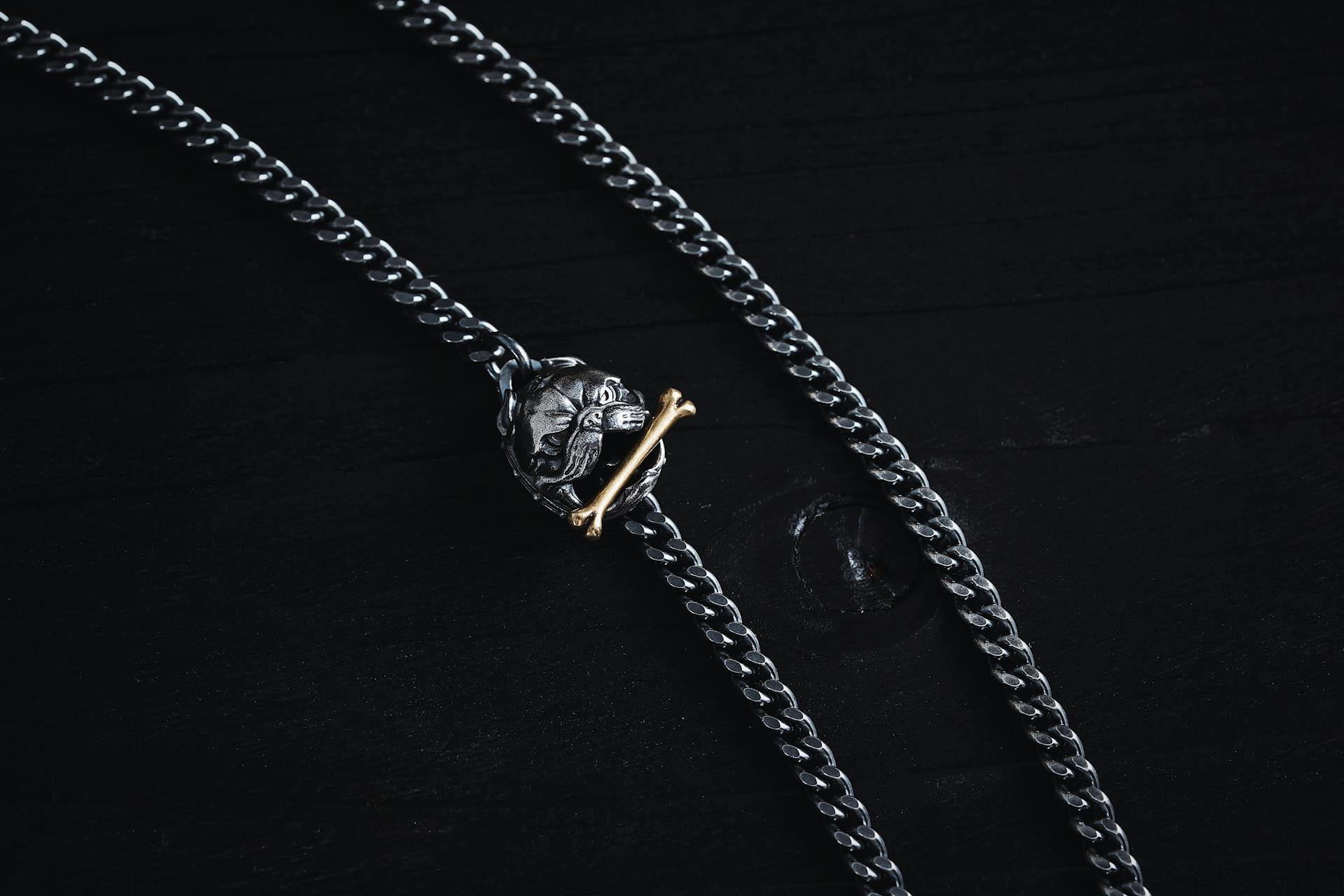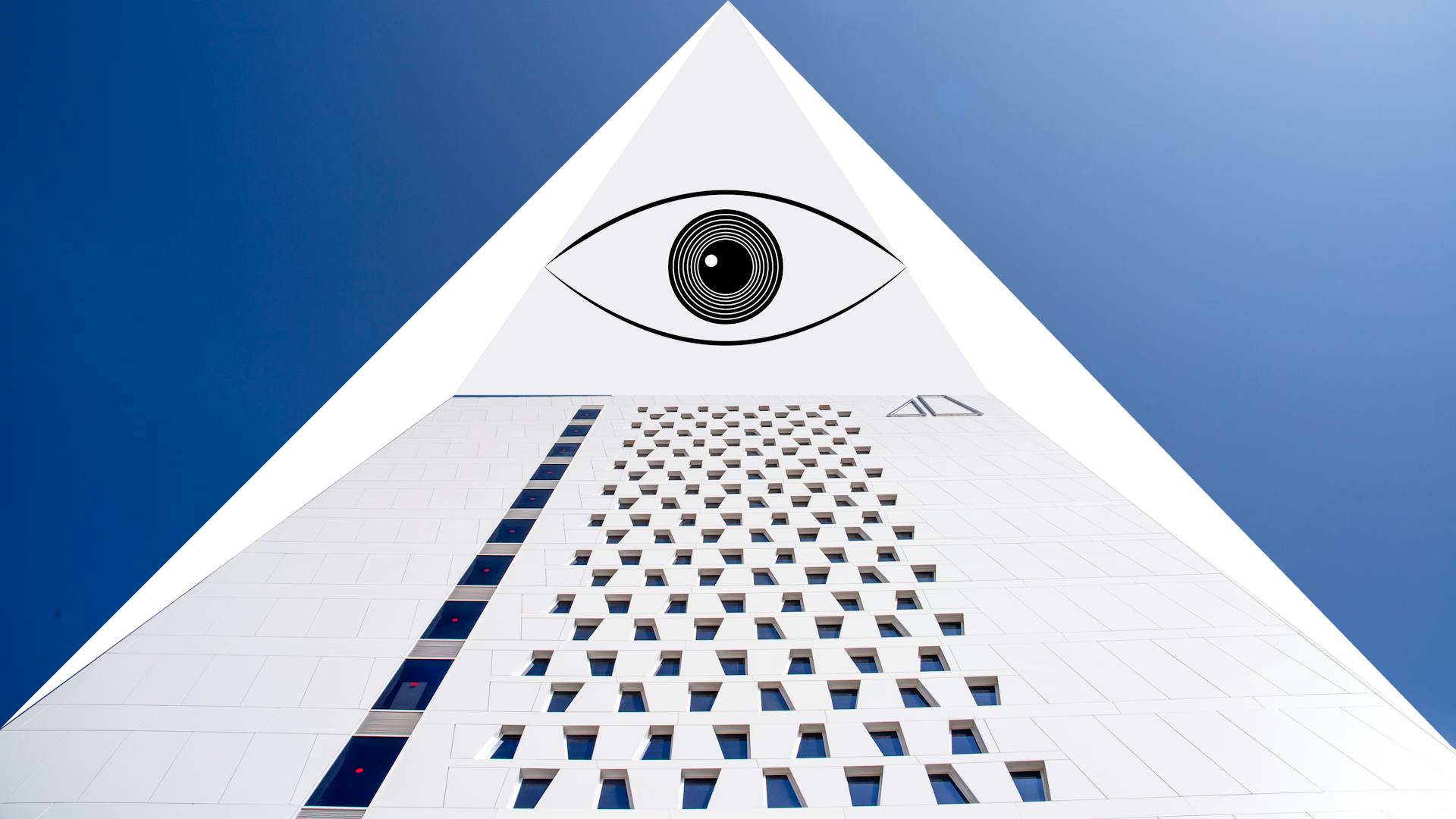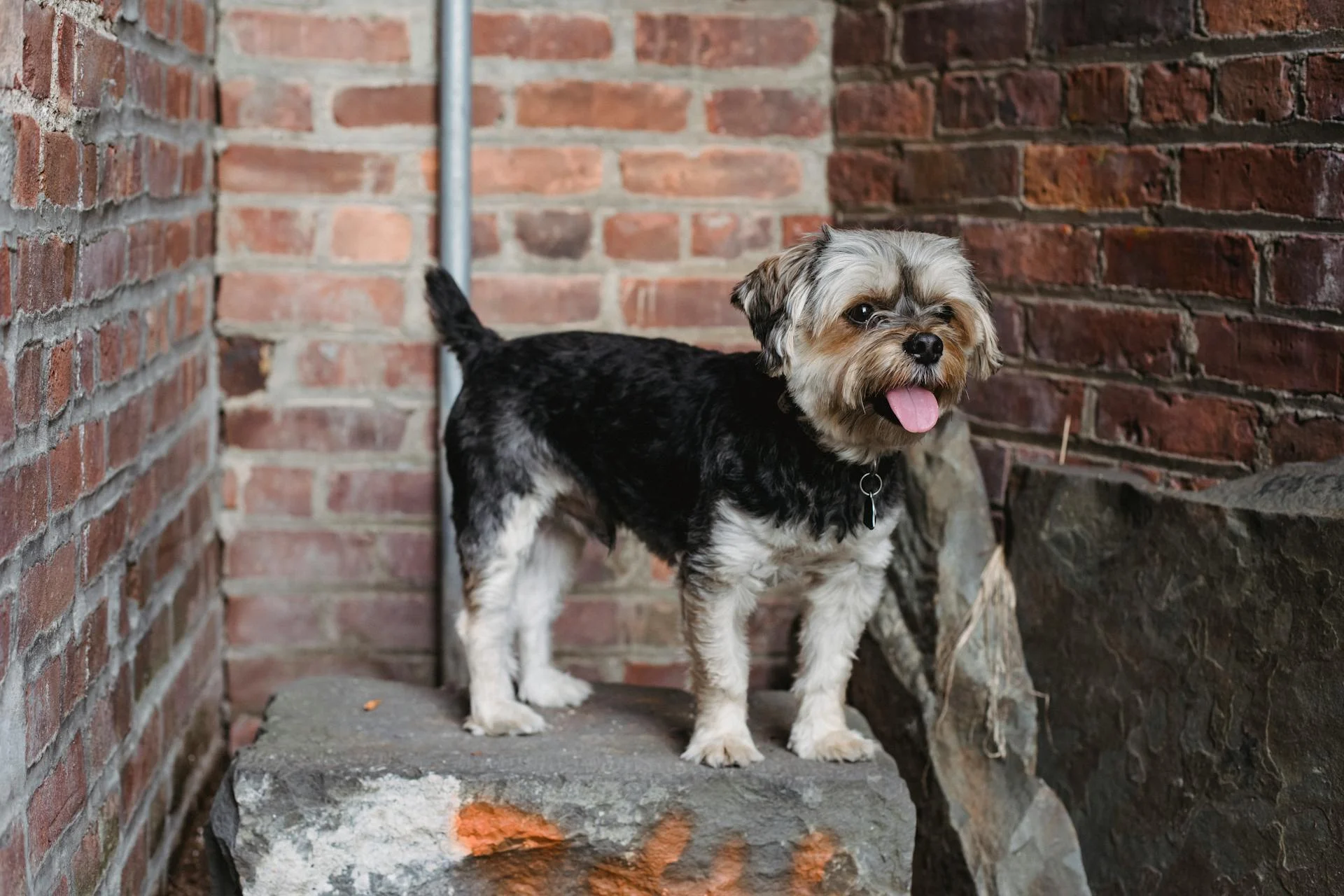
The Havanese Maltipoo is a crossbreed that combines the gentle Havanese and the intelligent Maltipoo. This adorable mix is known for its low-shedding coat.
They typically weigh between 7-13 pounds and stand between 8-12 inches tall. With proper care, they can live up to 12-15 years.
Their friendly nature makes them great family pets, but they do require regular socialization to prevent anxiety and fear-based behaviors.
Physical Characteristics
The Havanese and Maltipoo breeds are both toy-sized dogs, but they have distinct physical characteristics.
Maltipoos typically weigh between 5 to 20 pounds, while Havanese dogs usually weigh between 7 to 13 pounds.
Both breeds have small stature, with Maltipoos standing around 8 to 14 inches tall and Havanese dogs standing between 8.5 to 11.5 inches tall.
Maltipoos have longer hair than Havanese dogs, but their coats aren't as silky as the Havanese's.
Havanese dogs have straight or wavy hair that feels like silk to the touch, while Maltipoos have coats that are typically curly or straight.
Maltipoos have round, dark-colored eyes, whereas Havanese dogs have more almond-shaped eyes.
Both breeds have cute, droopy ears and round snouts, making them visually appealing.
Their ears can be soft and curly or silky and straight, depending on the breed.
A fresh viewpoint: Curly Hair Maltipoo
Personality and Temperament
Havanese Maltipoos are known for their affectionate and gentle nature, making them excellent companions. They love to spend time with their owners, often following them from room to room.
These tiny sweethearts are happiest curled up in their favorite person's lap, and most are patient and do well with other animals and well-behaved children. However, they can become anxious, particularly when left alone.
Havanese Maltipoos are intelligent and easy to train, which makes them a great choice for first-time owners. They are also known for their playful and lively personalities, which makes them a perfect fit for families.
Here's a comparison of the temperament of Havanese and Maltipoo breeds:
Both breeds are known for their friendly and outgoing personalities, but Havanese tend to be more social and outgoing with strangers. Maltipoos, on the other hand, are more prone to separation anxiety if left alone for long periods.
Havanese Maltipoos are generally good with children and other pets, making them a great choice for families. They are also relatively low-maintenance when it comes to exercise and training, which makes them a great fit for busy owners.
Health and Care
Havanese Maltipoos are generally healthy dogs, but like all breeds, they can be prone to certain health issues. They typically live between 12 to 15 years.
Their small size makes them prone to obesity, so monitoring their diet is crucial. Regular exercise and a balanced diet can help prevent weight gain.
Havanese Maltipoos can suffer from patellar luxation, hip dysplasia, and heart murmurs. They may also be at risk for hypothyroidism, hyperthyroidism, and sebaceous adenitis.
To keep them healthy, regular veterinary check-ups are essential. A complete physical check-up at least once per year is recommended.
Here are some common health issues to be aware of:
Regular grooming is also essential for Havanese Maltipoos. They require regular brushing and monthly baths to prevent matting and tangling of their fur. Their ears should be cleaned once a month, and their teeth should be brushed a few times per week.
Grooming and Maintenance
Grooming is a crucial aspect of caring for your Havanese Maltipoo. They require regular brushing to prevent matting due to their curly, Poodle-like coats.
Maltipoos need brushing several times a week, while Havanese require daily attention to avoid tangles.
Both breeds have long, silky hair that needs regular maintenance.
Here's a comparison of the grooming needs of Maltipoos and Havanese:
Incorporating teeth cleaning and nail trimming into their routine can sidestep issues like cavities or overgrown nails.
Training and Behavior
Training a Havanese Maltipoo requires patience and positive reinforcement. These intelligent dogs love to do tricks and respond well to reward-based training.
Havanese Maltipoos are highly trainable, but they can be sensitive, so it's essential to use affection rather than treats as rewards. Positive reinforcement is the only way to go, and they tend to respond better to training when motivated by praise.
To train your Havanese Maltipoo, use a combination of voice commands and triggers, such as giving them a biscuit after they finish sitting down. Be sure to guide them rather than carrying them to the potty, as this is a common mistake owners make when training small dogs.
Broaden your view: Havanese Training Secrets
Here's a comparison of the trainability and intelligence of Havanese and Maltipoo breeds:
Both Havanese and Maltipoo breeds are good watchdogs, but they can be trained to be more effective. With enough intelligence and the right training, they can learn to respond to triggers and rewards, making them excellent companions.
Reproducibility
As you consider bringing a new furry friend home, you might be wondering about their reproductive habits. Let's take a look at the gestation length of Maltese, Maltipoo, and Havanese breeds. All three breeds have a gestation length of 60-64 days.
It's essential to note that all three breeds have a similar reproductive frequency. They should only be bred once a year, as more frequent breeding can be detrimental to their health. This means you'll have to plan ahead and make sure you're ready to care for a new litter before deciding to breed your dog.
Now, let's take a look at the average litter size for each breed. Here's a quick comparison:
As you can see, Havanese breeds have a wider range of litter sizes, but on average, they also have the largest litters.
Training
Training your Havanese or Maltipoo requires patience, consistency, and positive reinforcement. These breeds are highly intelligent and respond well to reward-based training.
To start, it's essential to understand that both Havanese and Maltipoo are sensitive dogs that need gentle guidance. Positive reinforcement is the only way to go, and affection rather than treats can be a great motivator.
Training sessions should be kept calm and focused to help your dog learn better. High-energy dogs like Havanese need regular breaks to prevent overexertion.
Both breeds are eager to please and love to do tricks. They respond well to reward-based training, but some may prefer praise over treats. Figuring out what motivates your pet can be the most challenging part of training.
Here's a comparison of the trainability of Havanese and Maltipoo breeds:
In terms of watchdog ability, Havanese dogs are good watchdogs, while Maltipoo dogs are one of the best watchdogs. Both breeds strongly protect their territory and can make excellent guard dogs with proper training.
Exercise and Activity
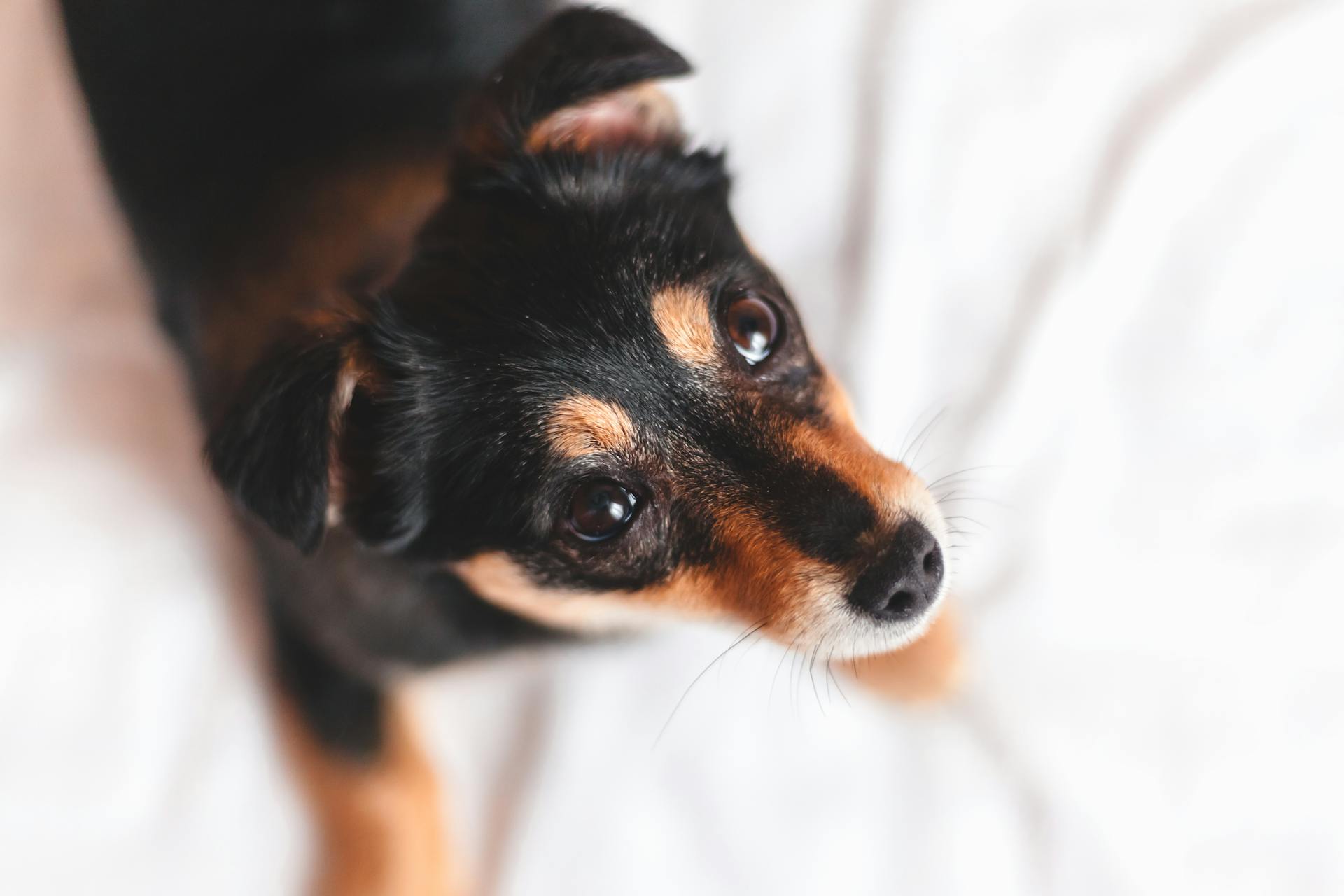
Both Havanese and Maltipoo dogs have moderate energy levels, requiring daily exercise to stay healthy and happy. They need a walk every day and some playtime, but be sure to stop if they start panting.
Maltipoos are playful and enjoy interactive toys and games, while Havanese might need a bit more variety in activities to keep them engaged. I've found that Havanese thrive when their family surrounds them, so plan to exercise with them.
Here's a quick comparison of their exercise needs:
Remember, both breeds are small and easy to exercise, but be sure to keep an eye on their energy levels to avoid overexertion.
Size Differences in Dogs
Size can be a significant factor when considering a new furry friend. Maltipoos typically weigh between 5 to 20 pounds and stand 8 to 14 inches tall.
For those with limited space, the size difference between breeds may not be a major concern. However, if you prefer a slightly smaller or larger lap dog, the variation between Maltipoos and Havanese can make a difference.
Maltipoos are generally larger than Havanese, with a height range of 8 to 14 inches compared to the Havanese's 8.5 to 11.5 inches.
On a similar theme: Maltipoo Puppy Size
Comparing Dog Energy Levels and Exercise Needs
Both Maltipoos and Havanese dogs have moderate energy levels, requiring daily exercise to stay healthy and happy. This means they need a walk every day and some playtime.
Maltipoos are playful and thrive with interactive toys and games, so be prepared to engage them in fun activities. They also enjoy variety in their activities to keep them engaged and content.
Havanese dogs, on the other hand, are highly playful and need a bit more of a variety in activities to keep them happy. They're also great companions, so make sure to exercise with them and include them in family activities.
If you're concerned about overexerting your dog, remember that panting is a sign that they're overdoing it. For small breeds like Maltipoos and Havanese, it's especially important to monitor their activity levels and take breaks when needed.
Here's a quick comparison of the exercise needs of Maltipoos and Havanese:
Care and Management
Havapoos are relatively healthy dogs, living up to 10 to 14 years with proper care. However, they can develop certain breed-specific conditions, such as Addison's disease, diabetes, and bloat from their Poodle parent, and heart murmurs and hearing problems from their Havanese parent.
Regular grooming is essential for Havapoos. They require monthly baths, regular brushing, and weekly teeth brushing to prevent tartar buildup and promote good oral health.
To keep your Havapoo healthy and happy, monitor them for potential health issues and maintain a balanced diet. The recommended daily food consumption for a Havapoo is 0.5 to 1 cup of high-quality dry food per day, divided into two meals.
Explore further: How Often Should a Maltipoo Puppy Eat
Choosing the Right Breed
Choosing the right breed is a crucial decision when bringing a new furry friend into your life. It's essential to consider factors like grooming needs, living situation, and energy level.
Make a list of pros and cons for each breed to help you make an informed decision. This will also involve getting your family members involved in the decision-making process to ensure everyone is happy with the choice.
The amount of time you want to spend grooming your pet is a significant consideration. Havapoos tend to be lower maintenance than Maltipoos, but they can inherit characteristics from their parents' breeds, making them more prone to super curly hair that requires regular maintenance.
You might enjoy: Maltipoo Breed
Both Havapoos and Maltipoos are sweet, intelligent, and adorable, but they have some differences. Havapoos are generally mellower and less inclined to bark, while Maltipoos can be more energetic and vocal.
Here are some key differences to consider:
Consider your living situation and whether you have the space for a larger dog. Havapoos are often slightly larger than Maltipoos, making them a better choice for apartment dwellers.
It's also essential to think about your lifestyle and whether you have time for a dog that requires regular exercise. Neither Havapoos nor Maltipoos are high-energy dogs, but they still need regular walks and playtime to stay happy and healthy.
Ultimately, the decision comes down to what works best for you and your family. Take the time to research and understand the needs of each breed before making a decision.
Care and Management
Havapoos are relatively healthy dogs, with most living between 10 to 14 years. However, they can be prone to certain breed-specific conditions, so regular monitoring is essential.
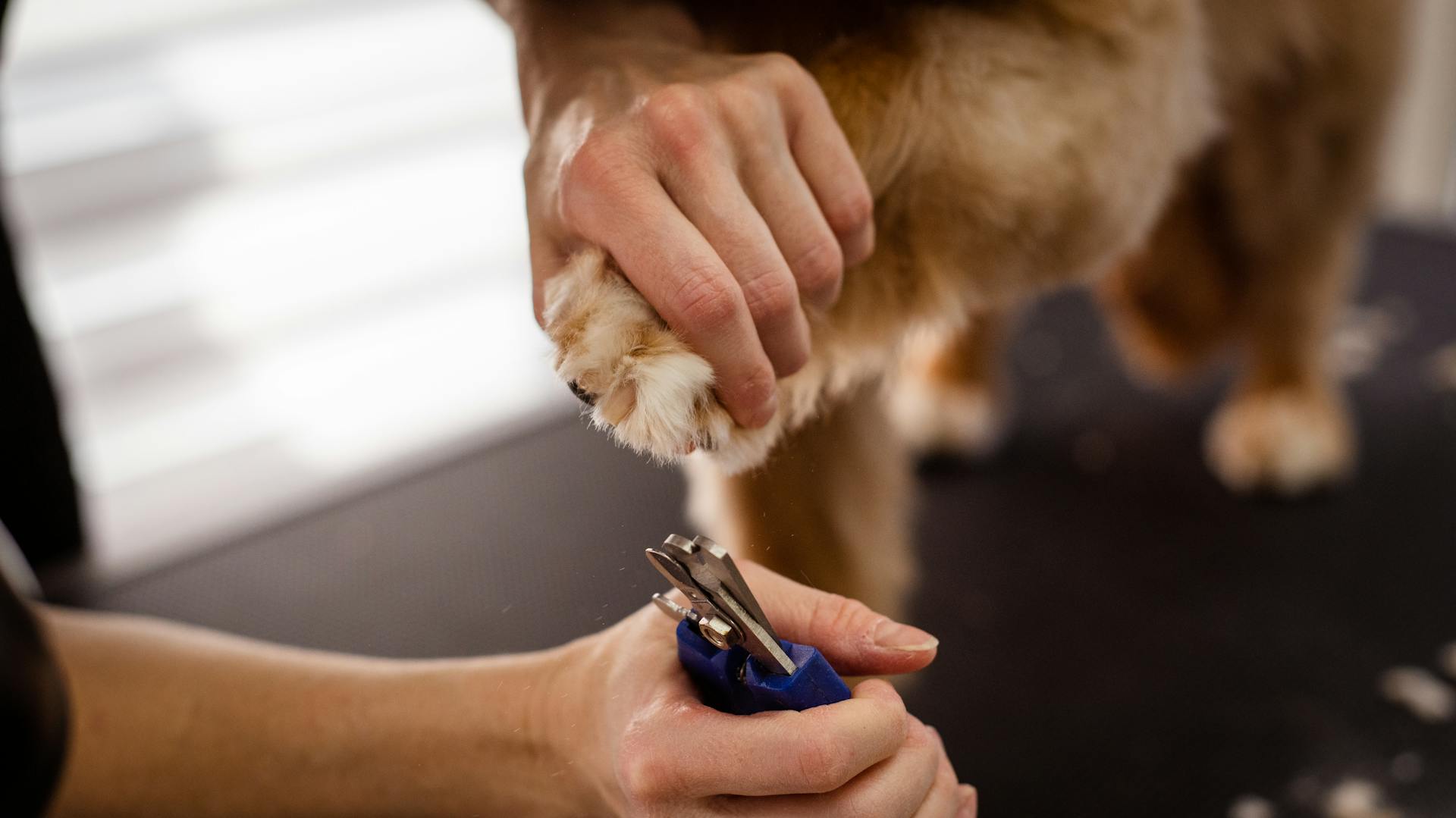
Regular grooming is a must for Havapoos. They require regular brushing and monthly baths to keep their coat clean and healthy.
Havapoos also need their ears cleaned once a month and their teeth brushed a few times a week to prevent infections and maintain good oral health.
To keep your Havapoo at a healthy weight, it's essential to monitor their food intake. A good rule of thumb is to feed them 1/4 to 1/2 cup of high-quality dry food a day, divided into two meals.
Here's a comparison of the average daily food consumption for Maltese, Maltipoo, and Havanese breeds:
By being mindful of their diet and grooming needs, you can help your Havapoo live a happy and healthy life.
General Information
Havanese and Maltipoo dogs are both known for their moderate activity levels, requiring daily walks and playtime to keep them happy and healthy. They thrive when surrounded by their family, so be prepared to exercise with them regularly.
If your dog starts panting, it's a sign that they're overexerting themselves, so be sure to stop and give them a break. This is especially important for small dogs, as they can tire easily.
Both Havanese and Maltipoo dogs require regular grooming to keep their coats in top condition. The Havanese has a silky hair that needs to be brushed daily, while the Maltipoo's curly coat requires regular brushing and occasional trimming.
Here's a quick rundown of the recognition status of these breeds:
Breed Origins
The Havanese was a favorite companion of the Cuban elite, often seen accompanying them to social events and even serving as a lap dog. Its small size and playful personality made it a perfect fit for city living.
In contrast, the Maltipoo is a more modern breed, created by crossing a Maltese with a Poodle. This crossbreed was likely developed to combine the low-shedding qualities of the Poodle with the affectionate nature of the Maltese.
The Maltipoo's popularity as a pet is largely due to its low-maintenance grooming needs and adaptable personality, making it a great choice for families with children or for people who live in small spaces.
Recognition
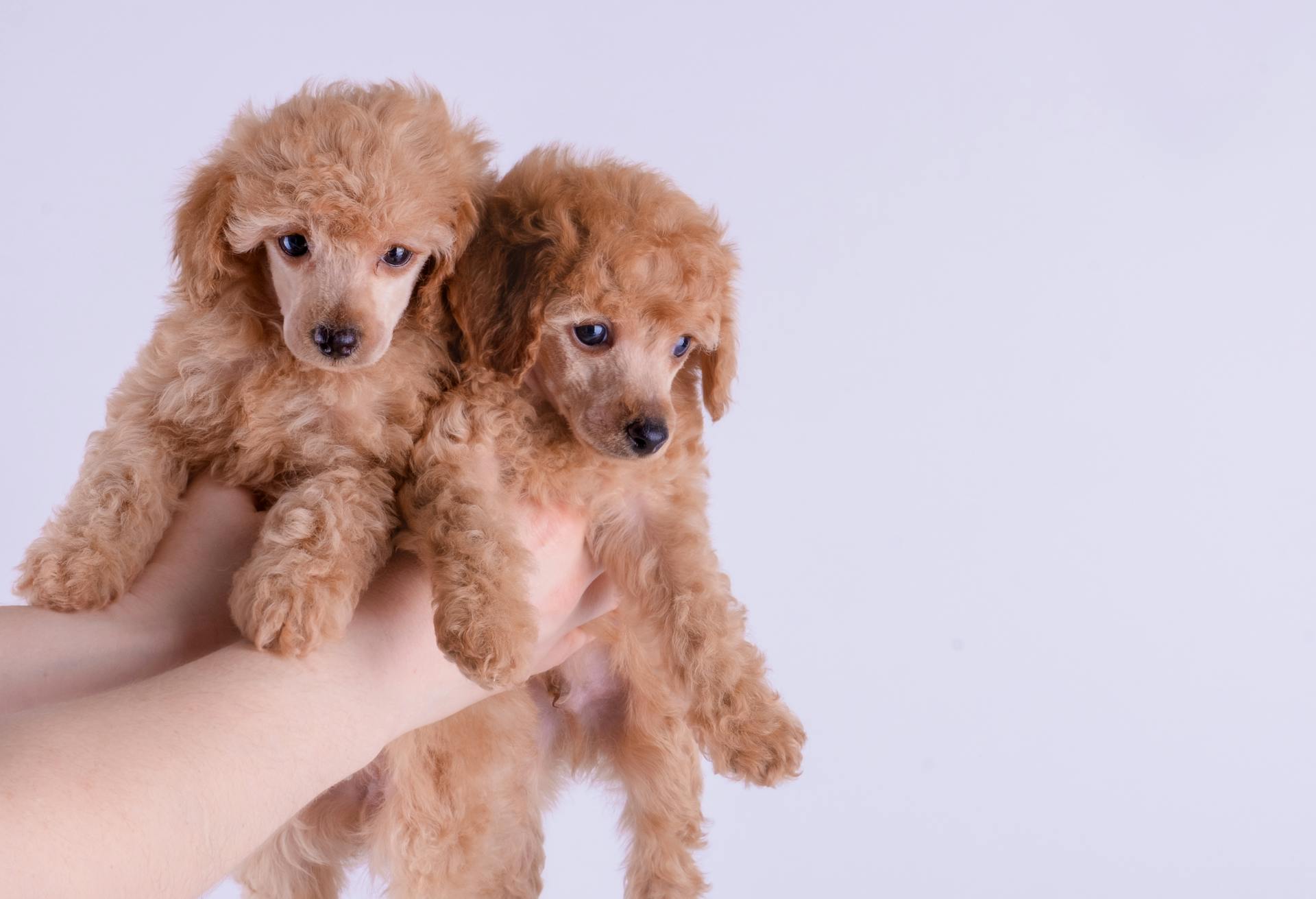
The Maltese, Maltipoo, and Havanese are all recognized by various kennel clubs and organizations. The American Kennel Club (AKC) recognizes the Maltese and Havanese as Toy breeds.
The Maltese has been recognized by the AKC since 1888, while the Havanese was recognized in 1996. The Maltipoo, on the other hand, is not recognized by the AKC.
Here's a list of some of the organizations that recognize these breeds:
- Maltese: American Canine Registry, American Kennel Club, America's Pet Registry, Canadian Kennel Club, Dog Registry of America Inc., Federation Cynologique Internationale, Kennel Club of Great Britain, North American Purebred Registry, Inc., American Canine Association, Inc., Australian National Kennel Council, Continental Kennel Club, National Kennel Club, New Zealand Kennel Club, United Kennel Club
- Maltipoo: Continental Kennel Club, American Canine Hybrid Club, Designer Breed Registry, Designer Dogs Kennel Club, National Maltipoo Club, Maltipoo Club of America
- Havanese: American Canine Registry, American Kennel Club, America's Pet Registry, Canadian Kennel Club, Dog Registry of America Inc., Federation Cynologique Internationale, Kennel Club of Great Britain, North American Purebred Registry, Inc., American Canine Association, Inc., Australian National Kennel Council, Continental Kennel Club, National Kennel Club, United Kennel Club, Havanese Club of America
It's worth noting that the Maltipoo is recognized by fewer organizations than the Maltese and Havanese.
Key Takeaways
When choosing between a Maltipoo and a Havanese, it's essential to understand their distinct traits. Both breeds have unique characteristics that set them apart.
Maltipoos have a curly coat that requires regular grooming. This means you'll need to brush their fur regularly to prevent matting and tangling.
Havanese dogs, on the other hand, have silky hair that also needs regular grooming. This will help keep their coat looking its best and prevent any potential health issues.
Broaden your view: Maltipoo Coat Types

Both breeds are intelligent and can be trained with ease. However, their personalities differ in other ways. Maltipoos are known for their intelligence, while Havanese dogs are highly sociable and love being around their family.
Here are some key differences to keep in mind:
- Maltipoos need moderate activity and enjoy daily walks and playtime.
- Havanese dogs also need moderate activity and enjoy daily walks and playtime.
- Both breeds thrive when their family surrounds them and require regular exercise and playtime.
Frequently Asked Questions
What is the difference between a Havanese and a Maltipoo?
While Havanese and Maltipoo breeds share similarities, Havapoos tend to be larger and have a lower tendency to bark. They also require less grooming compared to Maltipoos.
How big do Maltese Havanese mix get?
Havamalts typically grow to 9-12 inches tall and weigh 5-12 pounds, making them a small to medium-sized dog
What is the lifespan of a Havanese Maltese dog?
A Havanese Maltese dog typically lives for 14 to 16 years, with some living even longer. With proper care, they can enjoy a long and happy life.
Featured Images: pexels.com
